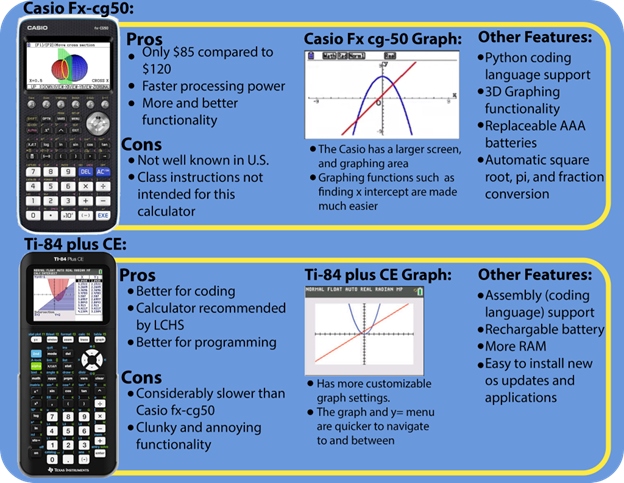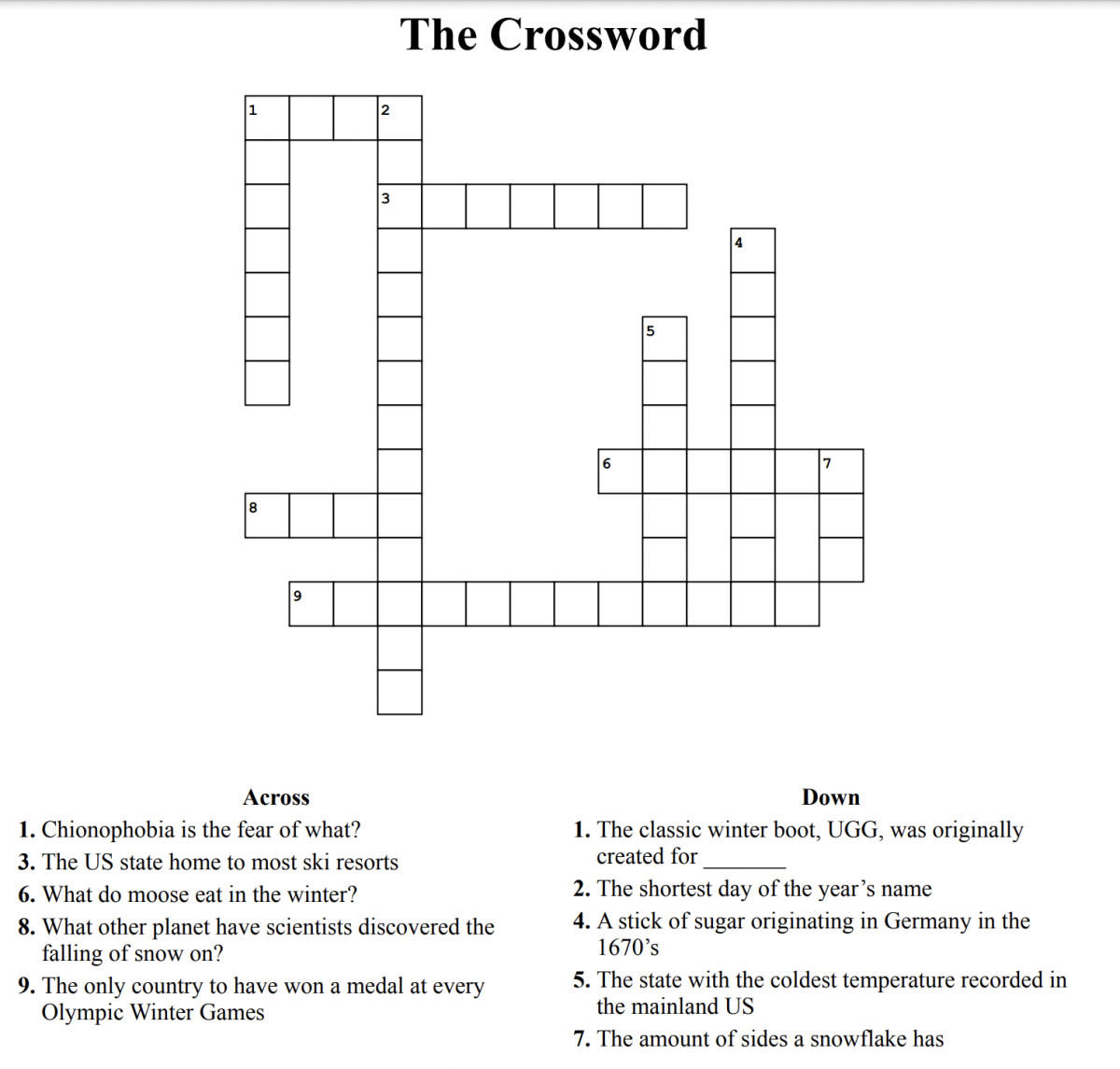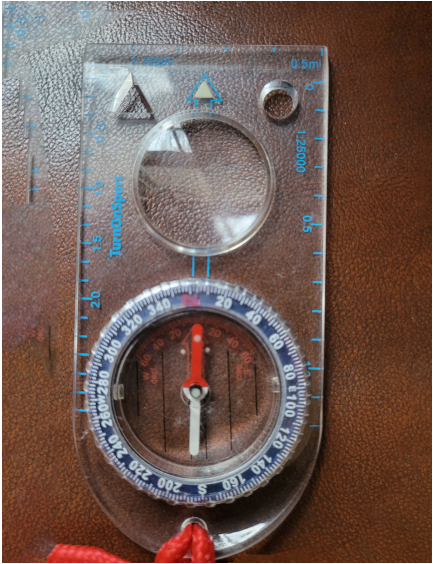i-Ready test is mandatory for all grades, not just freshmen
This year, students had until September 23 to complete the i-Ready reading test, despite being told last year that juniors who passed their SOLs wouldn’t have to take the test again. In contrast to the previous statement, it was mandated by the school board that all grades needed to take the test.
“The LCPS administration was “instructed by the school board that all high school students would be taking the i-Ready assessment,” Reading Specialist Valerie Rife said. “I think it was to show the growth of reading comprehension in students from this year to last year due to the pandemic.”
When it comes to every grade taking the i-Ready, even if the juniors had passed their SOLs, opinions are strongly alike among the English Department.
“The English Department as a whole did not agree that that’s how it should have gone. We wanted to just test freshmen,” English Department Chair Beth Williams said. “So we weren’t in agreement with what the county is doing with that.”
“As a team in our building, we had originally wanted all of the ninth grade and tier three students who are two or more grade levels below to take the test,” Rife said. “There’s a kind of a balance between testing kids too much in my opinion. It is important for the ninth graders to take the i-Ready so that the teachers can get a baseline of where the students are at with their reading comprehension. Same for the tier three students to see their growth from the previous years,” Rife stated.
AP Literature student, senior Natalia Settipani, expressed that she was annoyed that they had to take the test.
“The videos seemed as if they were addressing children,” Settipani said.
Even though it was said that only freshmen had to take the i-Ready this year, it is important for students to take the test so that teachers can see which students might need more help with certain skills such as their reading level, Williams said.
“It does give us a good database and a baseline for kind of where kids are at with their reading level so that we know which kids might need some help with it,” Williams said.
Rife agrees that the i-Ready test is important for finding out students’ reading levels, saying “It is one measure to see where people are.”
When students who take the i-Ready fall below their grade level, it gives teachers the opportunity to help and make sure students get up to their grades reading level.
“If we find that they are below grade level we work with them to bring up their reading skills and get them up to grade level,” Williams said. “We give them a couple of other diagnostics to see if it’s an accurate reading on their level.”
While feedback is important and the test can give insight on whether or not students are on reading level, some wonder if students take it seriously.
“I don’t think the i-Ready test is necessarily unreflective of student knowledge because of how lengthy it is, but because I know many students will start randomly answering questions because of the length as they want to get it over sooner,” Settipani said.
Settipani isn’t the only student who thinks the i-Ready was lengthy.
“While I was taking the i-Ready test, I found myself losing focus because it’s a long and repetitive process,” senior Emily Orledge said.
Orledge expressed that she would have rather have done a more engaging activity in class instead of the i-Ready.
“That way teachers could still evaluate what students need to learn,” Orledge said. “And it could be a more fun process.”
Before it was decided that every grade was going to take the I-ready, there was a plan put together to assess students’ reading levels.
“It was just going to be ninth grade that we were going to test, then students that were below grade level last year, we were going to work with them since we already had their scores from last year,” Williams said. “And if you’d pass the SOL then obviously you’re on grade level for reading.”

Hannah Winegar is a senior at Loudoun County High School. This is her second year writing for the LCHS Newspaper.



























